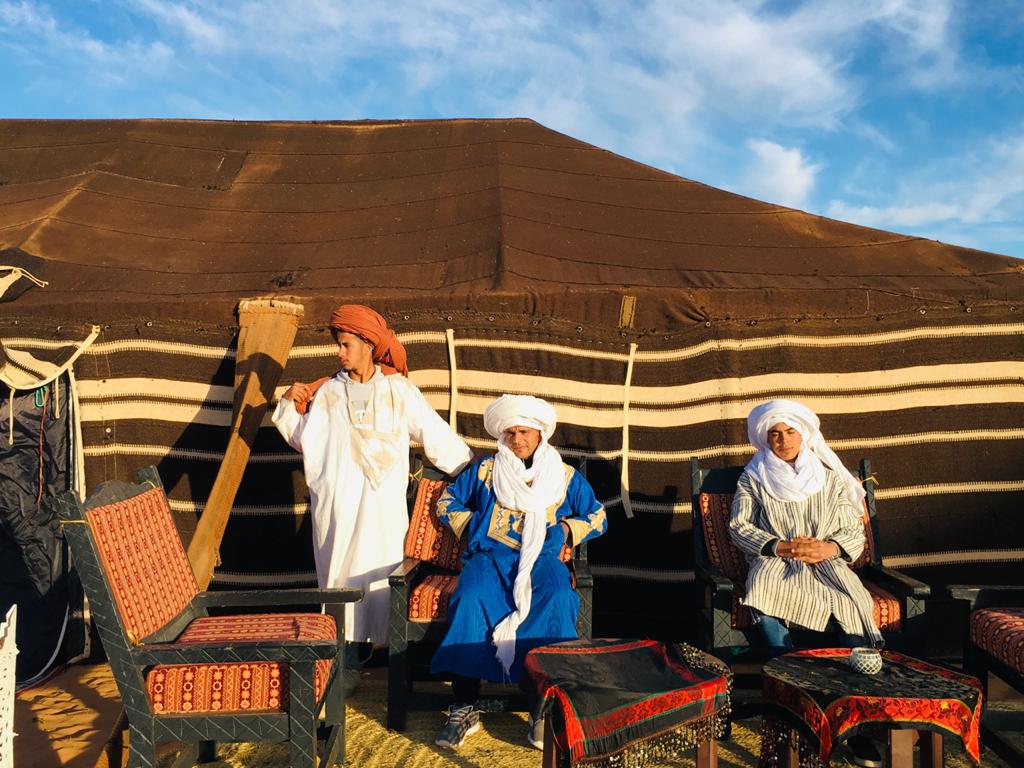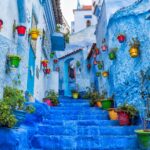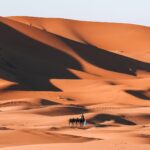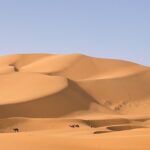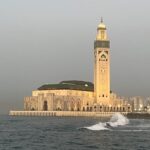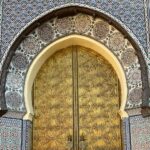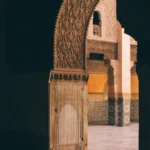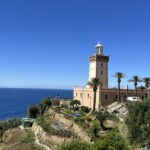Berber Calture & Nomadic Life
Berber Calture & Nomadic Life: The Berbers, also known as Amazighs, are the indigenous people of North Africa, including Morocco. They have a rich cultural heritage that dates back thousands of years. Berber culture is diverse and varies across different regions of Morocco, but it is characterized by a strong sense of community, ancestral traditions, and a close connection to the land.
Language: The Berber language, known as Tamazight, has several dialects spoken by different Berber groups in Morocco. In recent years, there has been a growing recognition and promotion of the Berber language in Morocco, and it is now an official language alongside Arabic.
Traditional Dress: Traditional Berber attire varies depending on the region, but it often includes brightly colored garments and intricate embroidery. The women’s clothing is known for its distinctive patterns and designs, while men commonly wear hooded robes and turbans to protect against the desert’s harsh conditions.
Music and Dance: Berber music is an integral part of the culture, with various instruments such as the lute, drums, and flutes being used. Traditional Berber dances, such as the Ahidous and the Ahouach, are performed during festivals and celebrations. These dances involve rhythmic movements and group participation.
Nomadic Life in the Desert Morocco
Nomadic Life in the Desert: In the desert regions of Morocco, particularly in the Sahara Desert, nomadic communities have existed for centuries. These communities, often referred to as “Bedouins,” lead a semi-nomadic lifestyle, moving with their herds of livestock in search of water and grazing areas.
Tents: Nomadic families traditionally live in portable tents made from woven camel hair or goat hair, known as “bivouacs.” These tents are designed to withstand the extreme temperatures of the desert and are easy to assemble and disassemble as the nomads move from one location to another.
Livelihood: Nomadic groups primarily rely on animal husbandry, particularly camel and goat herding, for their livelihood. Camels are highly valued for their ability to survive in the desert environment and are used for transportation, carrying goods, and providing milk and meat. Goats are also important for their milk, meat, and wool.
Cultural Practices: Nomadic communities in the desert maintain strong cultural traditions and customs. Oral storytelling, poetry, and music play significant roles in preserving their history and passing down knowledge from generation to generation. Traditional practices such as henna tattoos, weaving, and jewelry-making are also part of their cultural heritage.
Festivals: Nomadic communities celebrate various festivals throughout the year, often centered around important cultural and religious events. These festivals involve music, dance, traditional food, and communal gatherings, providing an opportunity for nomads from different families or tribes to come together and celebrate their shared culture.
It’s important to note that while traditional nomadic lifestyles still exist in some parts of Morocco, many Berber communities have also transitioned to settled life in villages and towns. However, their cultural heritage and practices continue to be an integral part of Morocco’s identity and tourism experience.

